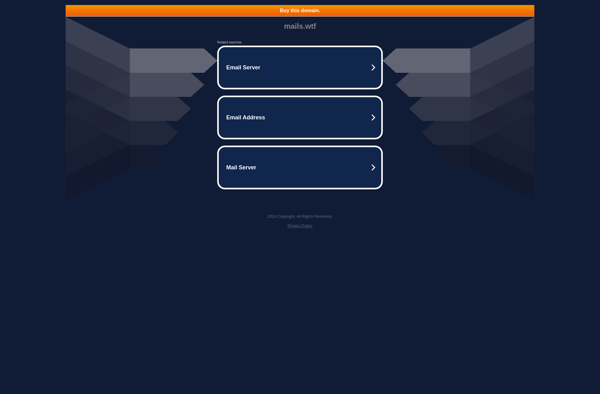Finder.app
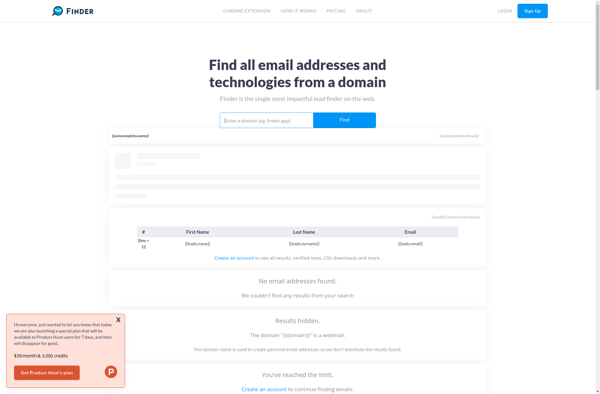
Finder: Default File Manager & Shell for macOS
Browse, search, and manage files and folders on your Mac with the default file manager and graphical user interface shell included with Apple macOS.
What is Finder.app?
Finder is the file manager and graphical user interface shell included with the macOS operating system made by Apple. It allows users to graphically browse, search, access, organize, move, delete and manage files, folders, disks, and other types of data on their Mac computer.
Finder provides an interface to the file system and allows navigation through different locations like the user's own user folder, external and internal disks, connected servers, Apple services, Time Machine backups, and more. It shows files and folders inside the current folder, with options to display items in different sorting orders, icon sizes, List views, Column views, Cover flow views, etc.
Some key features of Finder include labels and ratings to organize files, tagging to associate files with custom keywords, Aliases to create shortcuts to files and folders, Quick Look for quick previews without opening files, customizable toolbar, Dropbox and iCloud integration, batch file rename, finding files with duplicate names or contents, zip file creation/extraction, burning files to optical media like CDs and DVDs, and more.
Finder can also be used to run apps, access system preferences and controls, connect to servers and shared computers on a local network. Users can also perform fundamental file system operations like moving, copying files and folders across disks and drives, create new folders, search for particular items by name, date, size etc. Overall, it aims to be an easy to use visual way to manage one's files and browse their computer's storage.
Finder.app Features
Features
- File management
- Search
- Tags
- Quick Look
- Cover Flow
- Spotlight comments
- Smart folders
- Burn to disc
- Time Machine integration
- Quick Actions
- Share menu integration
- iCloud Drive
- AirDrop
- Document scanner
- Continuity Camera
Pricing
- Free
Pros
Cons
Official Links
Reviews & Ratings
Login to ReviewThe Best Finder.app Alternatives
Top File Management and File Browser and other similar apps like Finder.app
Here are some alternatives to Finder.app:
Suggest an alternative ❐LeadBrowser
Finder.io

Find That Email
Snov.io

Find That Lead

SonarList.io
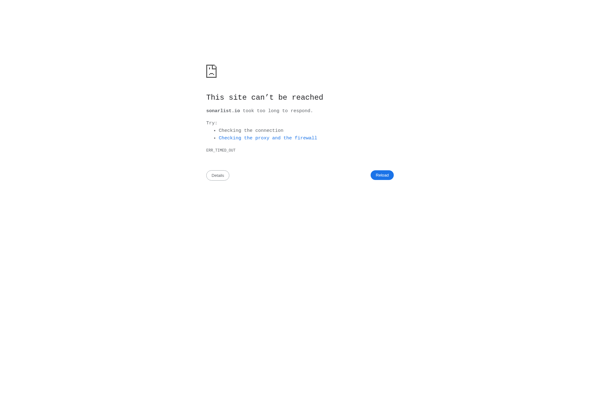
Find Email Address
Email Extractor
Moonkit.io
Skymem
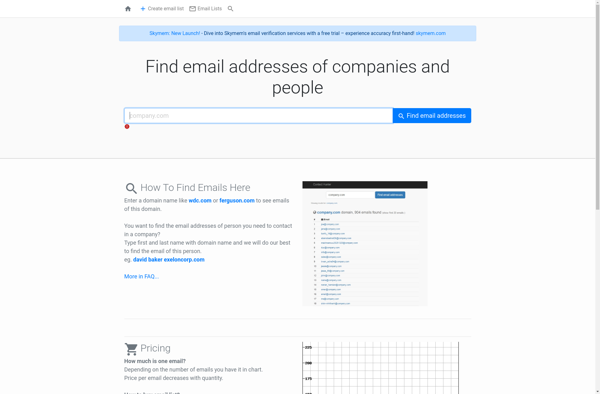
Mails.wtf
